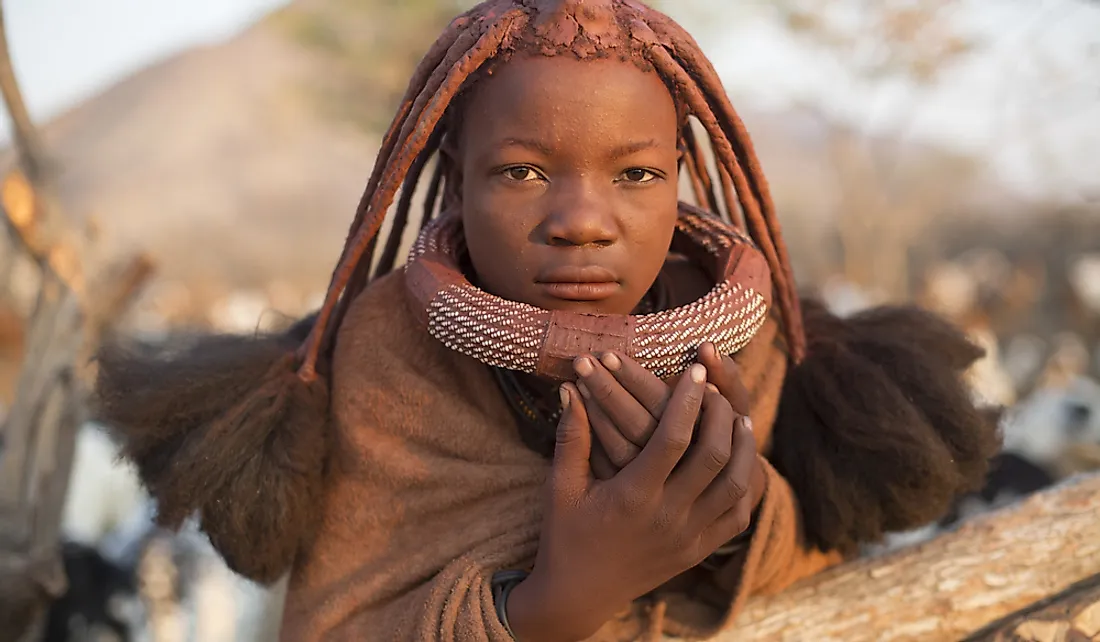Where Are The Bantu People Found In Africa?

The Bantu speaking peoples comprise of over 400 different ethnic groups found in many countries in Central, East and Southern Africa. They are united by the Bantu language family and share many customs. There are between 440-680 distinct Bantu languages, comprising about 350 million speakers. This represents 30% of the African population. The Bantu-speaking peoples are thought to have originated from West Africa about 4000 years ago where they spread across the rest of the continent. The exact reason as to why they migrated from their cradle land is subject for consensus. Today, the Bantu-speaking peoples are found in many sub-Saharan countries such as Congo, Rwanda, Tanzania, Kenya, Uganda, Zimbabwe, Angola, South Africa, Malawi, Zambia, and Burundi among other countries in the Great Lakes region.
Origins of the Bantu People
Over 4,000 years ago, the Bantu speaking people migrated from West Africa in several major waves of migration. First, they moved east, north of the tropical rainforest in the region near north of East Africa. They then migrated south to the central highlands of Africa in what is believed to have been the third wave of migration. Finally, they moved southwards to occupy Southern Africa regions which led to the displacement of indigenous communities of Khoisan people. In the process of displacement and settlement, there was ethnic and linguistic mixing.
The southern group of Bantus later divided into two main groups namely: the Nguni and Sotho-Tswana. It is very easy to distinguish between the two groups as the Nguni languages (Xhosa, Ndebele, Swazi, and Zulu) have a distinctive click while the Sotho-Tswana does not.
Expansion of the Bantu People
Even though many reasons for the expansion remain inconclusive, the Bantu speaking people are believed to have migrated because of their agricultural lifestyle especially with the discovery of yams and bananas. The linguistic core of the Bantu language can be traced from the Nigeria and Cameroon region. From this, the expansion began about 3000 years ago to East Africa while other streams to the south via coastal regions. The expansion is believed to have reached South Africa in 300 BCE.
Impact of the Spread of Bantu Peoples in Africa
The expansion of Bantu people consequently resulted in the adoption of agriculture by many cultures that they came in contact with. More often, the Bantu dominated every region they came to and displaced other communities to land that was not suitable for agriculture. Relatively powerful Bantu-speaking states emerged between the 13th and 15th century as a result of the continuous migration and settlement. Normally, they were powerful than the local chiefdoms. Such states were widespread in the Great Lakes region, Central African forest and along the Zambezi River.
Contemporary Bantu Peoples
Currently, the Bantu speaking people are found in over 27 countries including Angola, Botswana, Burundi, Cameroon, CAR, Comoros, Congo, DRC, Equatorial Guinea, Gabon, Kenya, Lesotho, Madagascar, Malawi, Mayotte, Mozambique, Namibia, Nigeria, Rwanda, Somalia, South Africa, Sudan, Swaziland, Tanzania, and Uganda. Individual ethnic groups include the Zulu of South Africa, Kikuyu, Kamba, and Luhya of Kenya, Buganda of Uganda, Shona of Zimbabwe, Luba of Democratic Republic of Congo, and Hutu of Rwanda.











